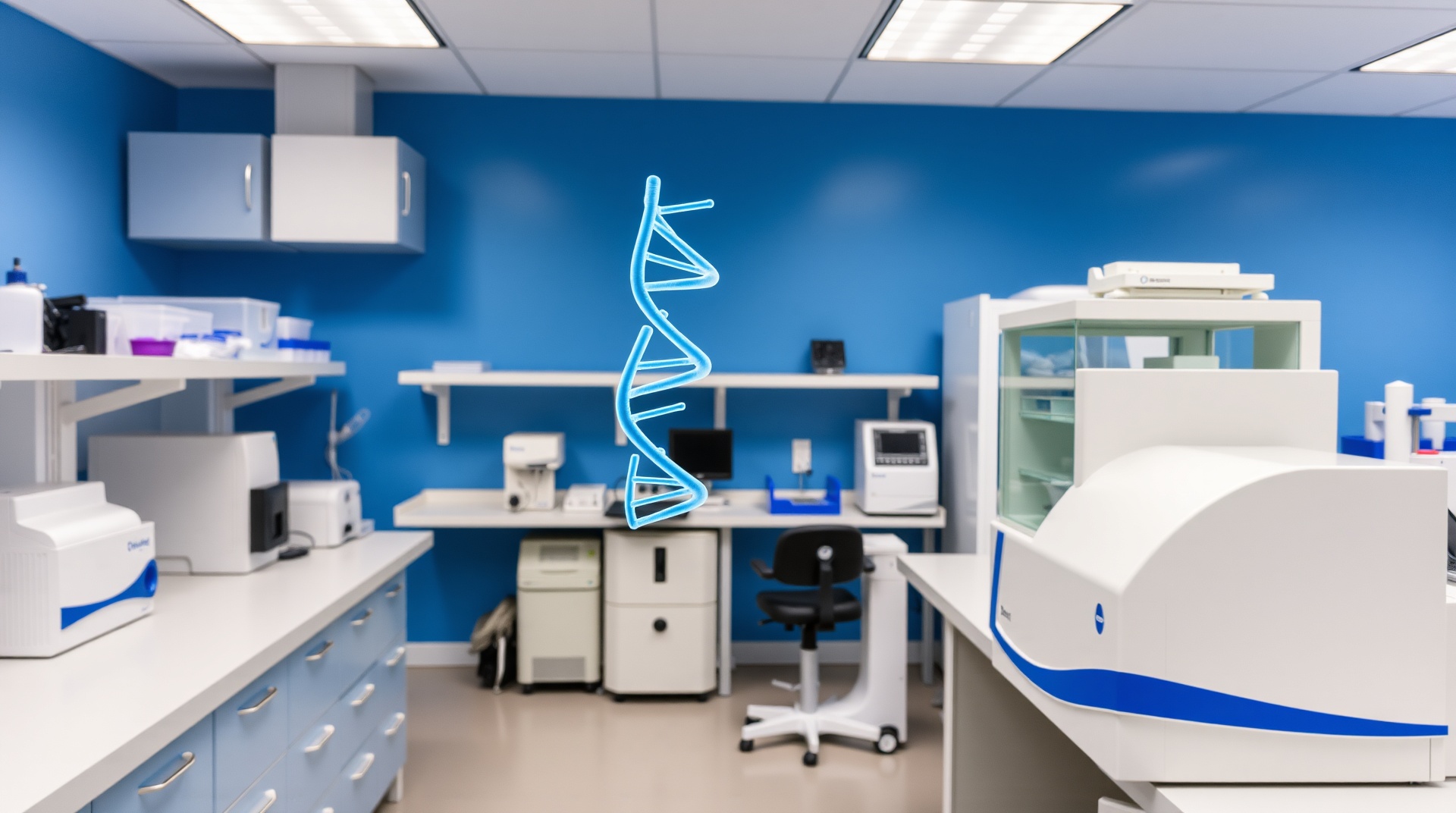
DNA ConcentrationCalculator
Calculate the concentration of your DNA samples using absorbance or mass and volume.
How to Use
Method 1: Using Absorbance
- 1Measure absorbance at 260nm using a spectrophotometer
- 2Enter the A260 value and dilution factor
- 3Select appropriate conversion factor (50 ng/μL for dsDNA)
- 4Click "Calculate DNA Concentration"
Method 2: Using Mass & Volume
- 1Enter the total DNA mass in nanograms
- 2Enter the sample volume in microliters
- 3Click "Calculate DNA Concentration"
Formula Explanation
Absorbance-Based Formula
Concentration = A260 × Dilution Factor × Conversion Factor
Where A260 is absorbance at 260nm, dilution factor accounts for sample dilution, and conversion factor is specific to nucleic acid type.
Mass/Volume Formula
Concentration = Mass (ng) / Volume (μL)
Simple ratio calculation when you know the total DNA mass and sample volume.
Example Calculation
Absorbance method:
A260 = 0.5, Dilution factor = 10, Conversion factor = 50 ng/μL
Concentration = 0.5 × 10 × 50 = 250 ng/μL
Mass/Volume method:
Mass = 500 ng, Volume = 20 μL
Concentration = 500 / 20 = 25 ng/μL
Understanding DNA Concentration
DNA concentration determination is a fundamental technique in molecular biology, essential for PCR amplification, cloning, sequencing, and various downstream applications. Accurate quantification ensures reproducible results and optimal reaction conditions.
Spectrophotometric measurement at 260nm is the gold standard for DNA quantification, as nucleic acids absorb UV light maximally at this wavelength. The A260/A280 ratio also provides information about DNA purity, with pure DNA having a ratio of approximately 1.8.
Different types of nucleic acids require different conversion factors: double-stranded DNA (50 ng/μL), single-stranded DNA (33 ng/μL), and RNA (40 ng/μL). These factors account for the different extinction coefficients of each nucleic acid type.
DNA Absorption Spectrum and Purity Assessment
Spectrum: DNA absorption spectrum showing characteristic peaks and purity ratios used for quality assessment.
Key Wavelengths:
- • 260nm: Maximum DNA absorption
- • 280nm: Protein absorption peak
- • 230nm: Contaminant detection
- • 320nm: Baseline reference
Purity Ratios:
- • A260/A280: ~1.8 (pure DNA)
- • A260/A230: ~2.0-2.2 (clean)
- • Low ratios: Contamination
- • High ratios: Degradation
Spectrophotometer Setup for DNA Quantification
Setup: Spectrophotometer components and setup for accurate DNA concentration measurement.
Measurement Steps:
- Warm up instrument
- Set wavelength to 260nm
- Blank with buffer
- Measure sample absorbance
Best Practices:
- • Use matched cuvettes
- • Avoid air bubbles
- • Clean cuvettes properly
- • Check for contamination
DNA Quantification in Laboratory Workflows
Precise DNA concentration measurement is crucial for successful molecular biology experiments. From PCR template preparation to library construction for next-generation sequencing, accurate quantification ensures optimal reaction conditions and reproducible results.
Modern laboratories use various methods for DNA quantification, including spectrophotometry, fluorometry, and gel electrophoresis. Each method has specific advantages depending on the sample type, purity requirements, and downstream applications.
For advanced nucleic acid analysis, explore our related tools including DNA melting temperature calculator and qPCR efficiency calculator for comprehensive molecular biology calculations.
Calculate DNA Concentration
User Reviews
Based on 3 reviews
Dr. Lisa Chen
1 week agoPerfect for quick DNA quantification in my lab. The absorbance mode works great with our NanoDrop readings. Very accurate results!
Michael Torres
2 weeks agoGreat calculator for molecular biology work. The dual modes are helpful for different lab scenarios. Would love to see more nucleic acid options.
Dr. Amanda Roberts
1 month agoEssential tool for PCR setup and sequencing prep. The conversion factors are spot-on and save me time calculating manually.
Frequently Asked Questions
Need More Biology Tools?
Explore our comprehensive collection of biology calculators
Explore More Biology Tools